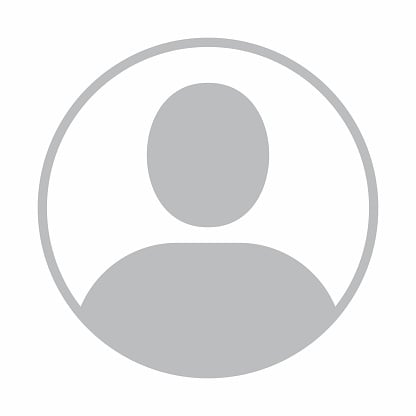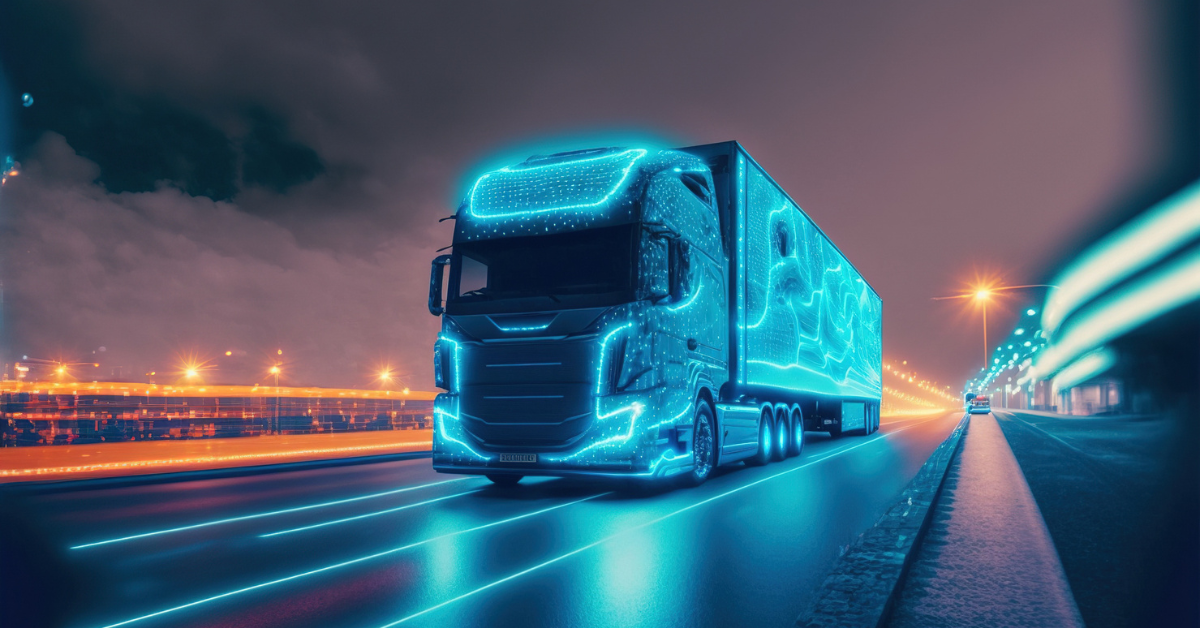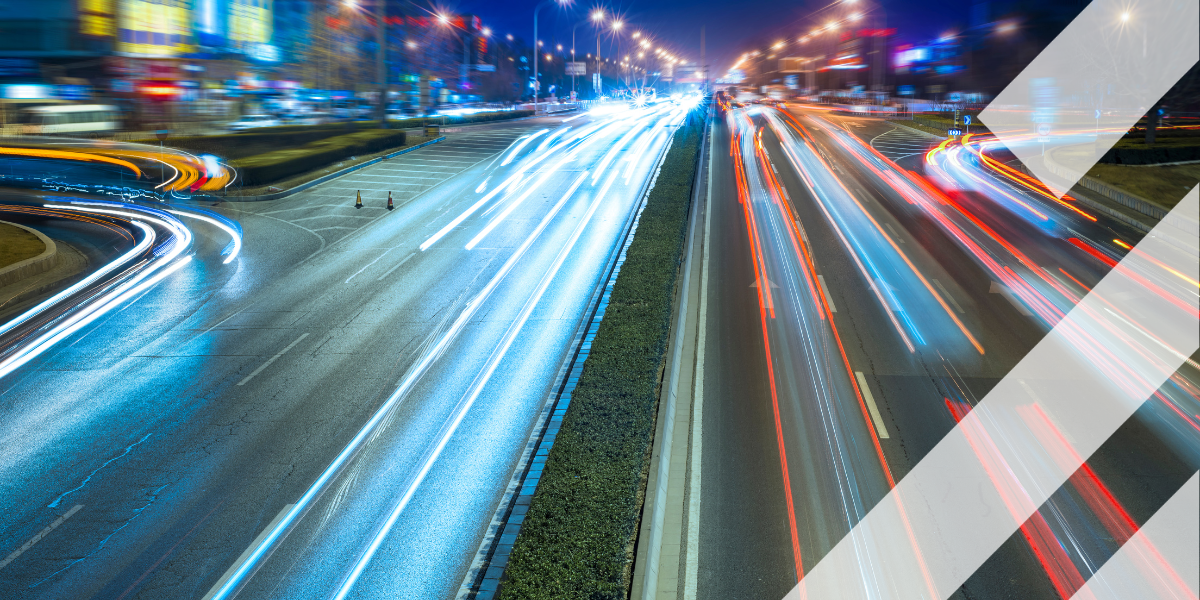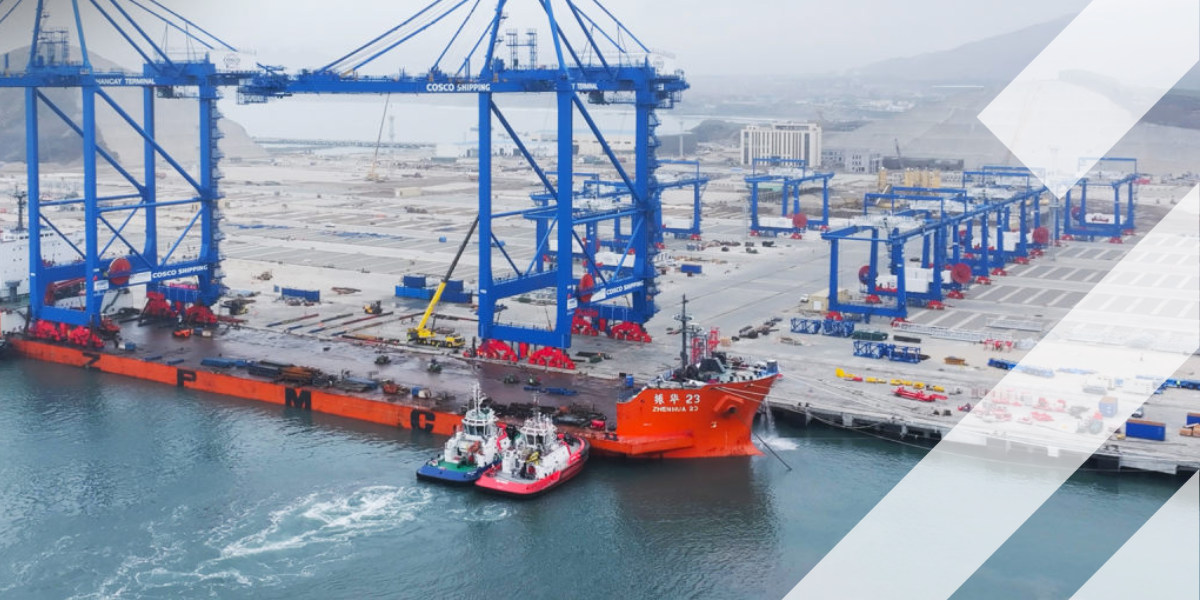TRANSPORT TAKES A FREIGHT LEAP FORWARD

What is an eHighway digital twin and how could it transform the future of European transport? Chris Arthurs supplies the answer.
New diesel HGVs will be banned in Britain by 2040, as the UK targets net-zero 2050. Despite being suitable for cars, lithium-ion batteries are not a feasible energy source for HGVs, as their current use-cases would require carrying at least seven tonnes of batteries. This means that road freight remains one of the hardest parts of the economy to decarbonise.
A number of possible solutions to this problem are in the works. One is an electric road system (eHighway), involving installing overhead electric cables on motorways to power electric HGVs (eHGVs). eHGVs will connect to the national grid via overhead cables, similar to those used by trains or trams.
Importantly, eHGVs will have short-range batteries, enabling them to run for tens of kilometres where overhead cables are not available. The UK Government’s Department for Transport has awarded funding for a feasibility study, piloting electrification of 30km of the M180 motorway in the east of England. A similar pilot scheme (ELISA Elektro-Highway) is underway on the A5 Autobahn in Germany. In 2018 a smaller US pilot demonstrated the capability of the system.
eHGVs will connect to the national grid via overhead cables, similar to those used by trains or trams
eHighways require significant infrastructure investment. Electrifying the entire motorway network would take years and would be very expensive, but given the short-range battery and existing freight patterns, impactful roll-out could be achieved sooner.
What is a digital twin?
It is well understood that simulation can help design transport networks. A digital twin is a blanket term covering simulation and referring to a digital recreation of a physical object or process, typically for the purpose of understanding and optimising the real-world object. Predictive digital twins take as input a proposed state of the system (road design, traffic patterns, freight requirements, characteristics of eHGVs, etc.) and simulate to determine the appropriateness of this design, reporting metrics of interest such as congestion, journey time, or in the case of eHGVs, risk of running out of energy when off-grid.
Digital twins can also be used operationally, meaning that real-time mirroring of the state of the road network could be included in the digital twin, allowing for questions about the operational state to be asked and addressed rapidly. Ultimately, this may even extend to making operational decisions in real-time, and helping individual drivers to make the right decisions about their journey.
A particularly exciting future will involve connectivity with other transportation networks, hubs, smart cities, and low-carbon last-mile services, as well as other infrastructure systems such as power networks. It is therefore important that the digital twins we create today are explicitly designed not to live in silos, but for a future of connectivity.
A digital twin is a blanket term covering simulation and referring to a digital recreation of a physical object or process, typically for the purpose of understanding and optimising the real-world object.
Why the “metaverse”?
A core component of most visions of the metaverse is that it should provide high-quality 3D renderings of the data that it contains. We tend to think of this in terms of humans interacting with each other in virtual realms, but equally important is humans interacting with systems and visualisations of data. Aligning stakeholders around a shared vision for a project can be made far easier if we can invite them to come and see what a project is to look like, rather than tell them. This means having the option to visualise data on 3D versions of the roads, and see the impact of decisions and what-ifs in detail, and would support having the right methods to share the results clearly with any stakeholder, ranging from government decision-makers to local residents near proposed projects, and anyone in between. That might look like heat maps, comparisons of scenarios, or even full renders of the vehicles, depending on what will be most impactful for the target audience.
Working towards a sustainable future
In addition to the benefits for road freight transport, eHighway digital twins are just the start, and will lead to wider implications for infrastructure management more generally, as more implementations of connected digital twins emerge. Beyond electric vehicle charging networks and power network data, this could lead to integrated digital twins of rail freight systems, passenger rail, public transportation, and even digital twins of airports and seaports. This could lead to more efficient, coordinated, and sustainable transport systems, reducing emissions and improving energy efficiency across the board.
In addition to the benefits for road freight transport, eHighway digital twins are just the start, and will lead to wider implications for infrastructure management.
Of course, there are challenges and limitations to the use of eHighway digital twins, as with any new technology. One potential challenge is the need for accurate and reliable data.
eHighway digital twins have the potential to transform the future of road freight, particularly from the all-important perspective of decarbonisation. They offer a way to optimise electrified highway systems for efficiency, cost-effectiveness, and carbon-effectiveness, and will be essential in making the future of transport in Europe sustainable.
Chris Arthurs is VP of Innovation at Hadean.


